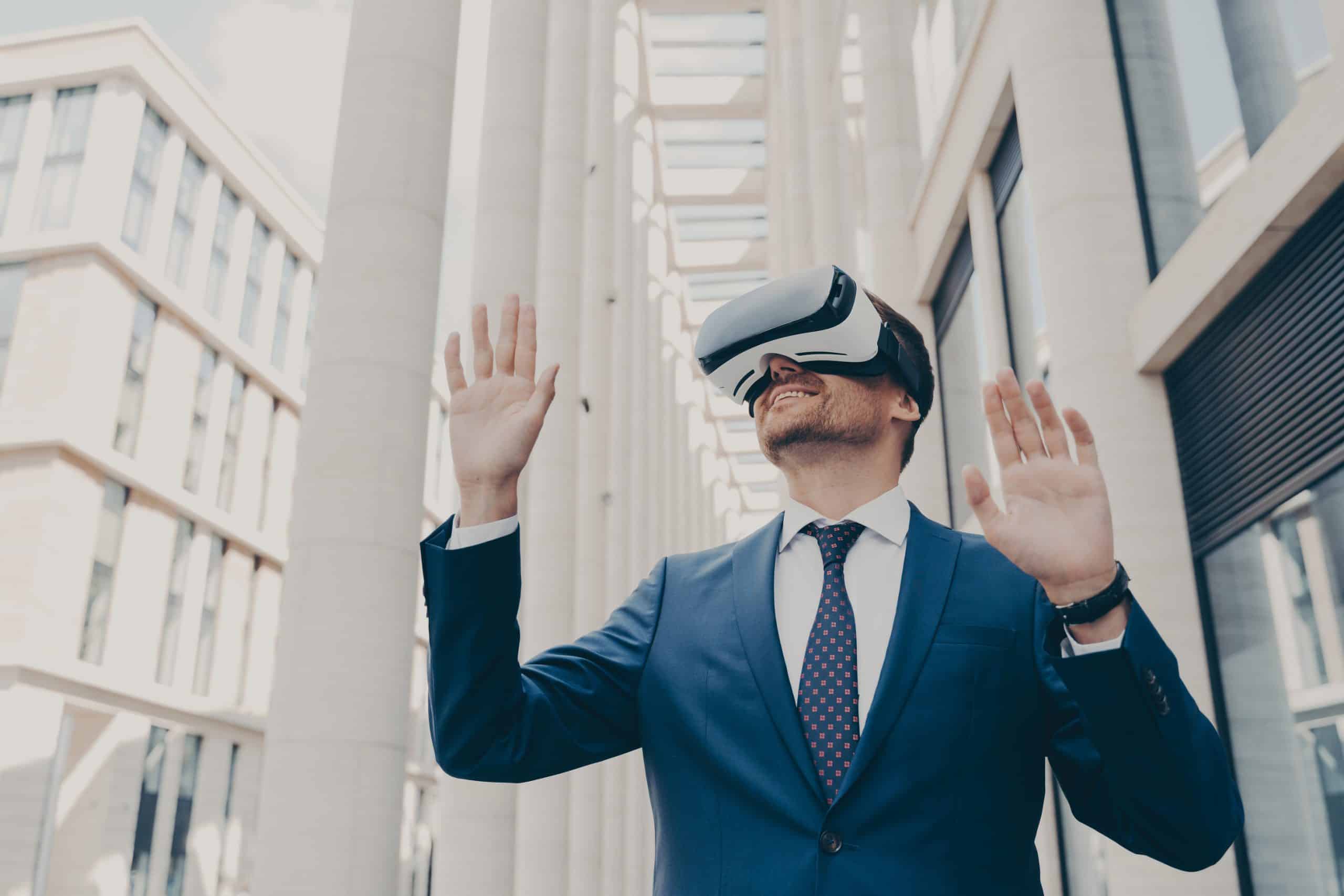How Can Independent UK Toy Stores Use Augmented Reality to Enhance In-Store Experience?

In a world where digital technology is increasingly becoming an integral part of our lives, businesses need to adapt and evolve to meet the changing needs and expectations of their customers. Independent UK toy stores are no exception. This article will explore how independent UK toy stores can leverage the power of augmented reality (AR) to enhance in-store experiences, encourage customer engagement, and ultimately boost sales.
Incorporating Augmented Reality into Product Displays
A toy store can be a veritable wonderland for children. But with the right use of AR, it can be transformed into a truly magical place, extending the realm of imagination and creating a more immersive shopping experience.
A lire aussi : Boosting local growth: the power of european regional development
By integrating AR with product displays, toy stores can create interactive scenarios where toys come to life. For instance, a child could aim their smartphone at a model of a dinosaur, and see it roars and moves in the AR app. This interactive experience can create a strong emotional connection between the child and the product, increasing the likelihood of purchase.
Additionally, AR can provide informative content about the product, such as its features, how to use it, and safety information, directly on the customer’s smartphone. This not only enhances the shopping experience but also empowers the customer with the knowledge to make informed purchasing decisions.
Cela peut vous intéresser : What Is the Role of NFTs in Authenticating Collectibles for UK Art Dealers?
Utilising Augmented Reality for In-Store Navigation
Shopping in large toy stores can sometimes be overwhelming, especially for first-time visitors. AR can simplify this process by providing an enhanced navigation system within the store.
Customers can use their smartphones to navigate the store, with AR markers guiding them to different sections or specific products. This technology can also highlight promotions or special deals in real-time, directing customers to where these are located.
AR navigation also allows toy stores to collect data on customer movement patterns, which can be used to optimize store layout and product placement. This results in a more streamlined shopping experience and can increase the likelihood of impulse purchases.
Implementing Augmented Reality into In-Store Events
In-store events like product launches, demonstrations or themed parties are a great way to attract customers and generate buzz. With AR, these events can be taken to the next level.
AR can create interactive games or challenges related to the event. For instance, during a product launch, customers can participate in an AR treasure hunt, where they need to find virtual objects hidden around the store. Not only does this make the event more fun and engaging, but it also encourages customers to explore different parts of the store they might not have otherwise visited.
Furthermore, AR can create photo opportunities, where customers can take pictures with virtual characters or objects. These pictures can be easily shared on social media, providing free advertising and potentially attracting new customers.
Personalising the Shopping Experience with Augmented Reality
One of the key advantages of AR is its ability to personalise the shopping experience. By integrating AR with a customer loyalty program, toy stores can offer customised experiences based on each customer’s preferences and purchase history.
For instance, when a customer enters the stores, they could receive AR notifications about products they might be interested in, based on their previous purchases or items they have browsed online. This personalised approach can make customers feel valued and appreciated, encouraging repeat visits and fostering customer loyalty.
Similarly, AR can be used to provide personalised product recommendations. For example, if a customer is browsing a section of science toys, AR can suggest other related products they might like. This not only enhances the customer’s shopping experience but also increases the likelihood of cross-selling.
The Importance of User-Friendly Augmented Reality Applications
While incorporating AR into a toy store can provide numerous benefits, it’s crucial that the AR applications used are user-friendly. This means they should be easy to download, intuitive to use, and reliable.
To ensure this, toy stores should work closely with experienced AR developers. These professionals can guide them through the entire AR implementation process, from the initial concept development to the final testing and launch.
It’s also vital that stores provide adequate training for their staff so they can assist customers with any AR-related queries or issues. This ensures that the technology enhances, rather than hinders, the customer’s shopping experience.
Overall, with careful planning and implementation, AR can revolutionise the way independent UK toy stores operate, providing a unique and engaging in-store experience for all customers.
Augmented Reality and Toy Education
Augmented Reality does not have to be limited to merely enhancing the shopping experience. It can also be used as a tool for enhanced learning and toy education. Toy stores can utilise AR to provide kids with an interactive and engaging way to learn more about the toys they are playing with.
For example, a toy store might sell a construction set that, when viewed through an AR app, shows the kid a step-by-step guide of how to build a particular model. The child can follow along with the virtual guide, learning as they play. This type of enriched play not only enhances the child’s educational experience but also adds an extra layer of value to the toy itself.
Furthermore, AR can also be used to teach children about the real-world applications of their toys. For instance, a toy chemistry set might be paired with an AR app that shows how certain chemical reactions are used in real-world industries. This can stimulate the child’s interest in science and potentially spark a lifelong passion.
In this sense, AR is not just a tool to boost sales, but a means to foster a deeper appreciation and understanding of toys and their potential for learning. When implemented effectively, AR can transform independent UK toy stores into hubs of interactive learning, setting them apart from their competition.
Embracing the Future with Augmented Reality: A Conclusion
In conclusion, the integration of Augmented Reality in independent UK toy stores can revolutionise the in-store experience for customers. It breathes life into product displays, simplifies in-store navigation, adds an exciting dimension to in-store events, personalises the shopping experience, and serves as a tool for enhanced toy education.
However, it is worth noting that successful AR integration requires careful planning, implementation, and user-friendly applications. It’s essential to partner with experienced AR developers who can guide stores through this process and ensure the technology is accessible and intuitive for all users.
Moreover, stores must ensure their staff are well-trained in using and troubleshooting the AR applications to ensure a seamless customer experience. With all these factors in consideration, independent UK toy stores can harness the power of AR to create a truly immersive, engaging, and unforgettable shopping experience.
The adoption of AR signifies an exciting step towards the future for independent UK toy stores. Embracing this innovative technology can help these stores not only survive but thrive in a digitised world, offering a unique blend of physical and virtual experiences that sets them apart from their competitors. With Augmented Reality, the possibilities are as endless as a child’s imagination.
